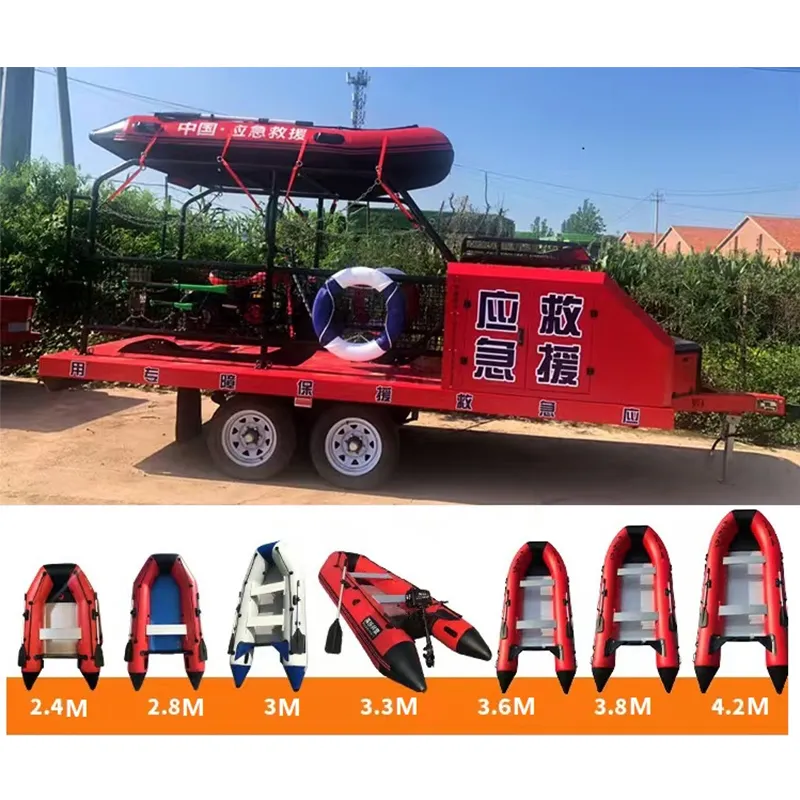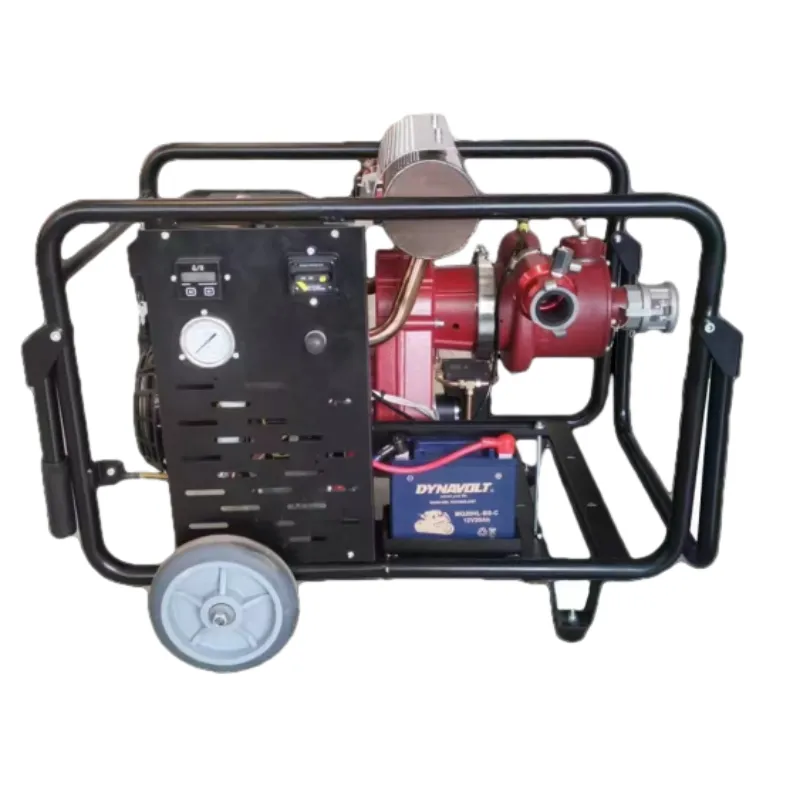

A key advantage from a user perspective is the minimal maintenance required once the system is installed. Regular checks are advised to ensure optimal functioning, but the robust design of misting systems implies that they are less prone to malfunction compared to more traditional fire suppression systems. This reliability significantly contributes to the long-term cost-effectiveness of deploying a misting system—making it a worthy investment for property owners seeking a durable safety solution. Installation of a fire fighting misting system also brings significant insurance benefits, as many insurers recognize the reduced risk posed by using such advanced safety mechanisms. Reduced insurance premiums or enhanced coverage options are often available, further emphasizing the financial viability of these systems. Despite the technical complexities, the actual operation of fire fighting misting systems remains user-friendly. Most systems are designed keeping the end-user in mind, ensuring that they are easy to operate under stress, which is essential during an emergency. Training materials and support are usually provided by manufacturers to empower users and ensure efficient system operation when needed. In conclusion, the integration of fire fighting misting systems into modern fire safety protocols reflects a progressive shift towards more efficient, reliable, and eco-friendly fire suppression methods. Their proven effectiveness, coupled with enhanced adaptability and technological integration, positions these systems as a preferred choice for those looking to reinforce safety measures in their environments. As technology evolves and further innovations emerge, the future holds promising potential for fire fighting misting systems to become even more advanced and accessible, solidifying their role in ensuring essential safety for both people and properties.





























